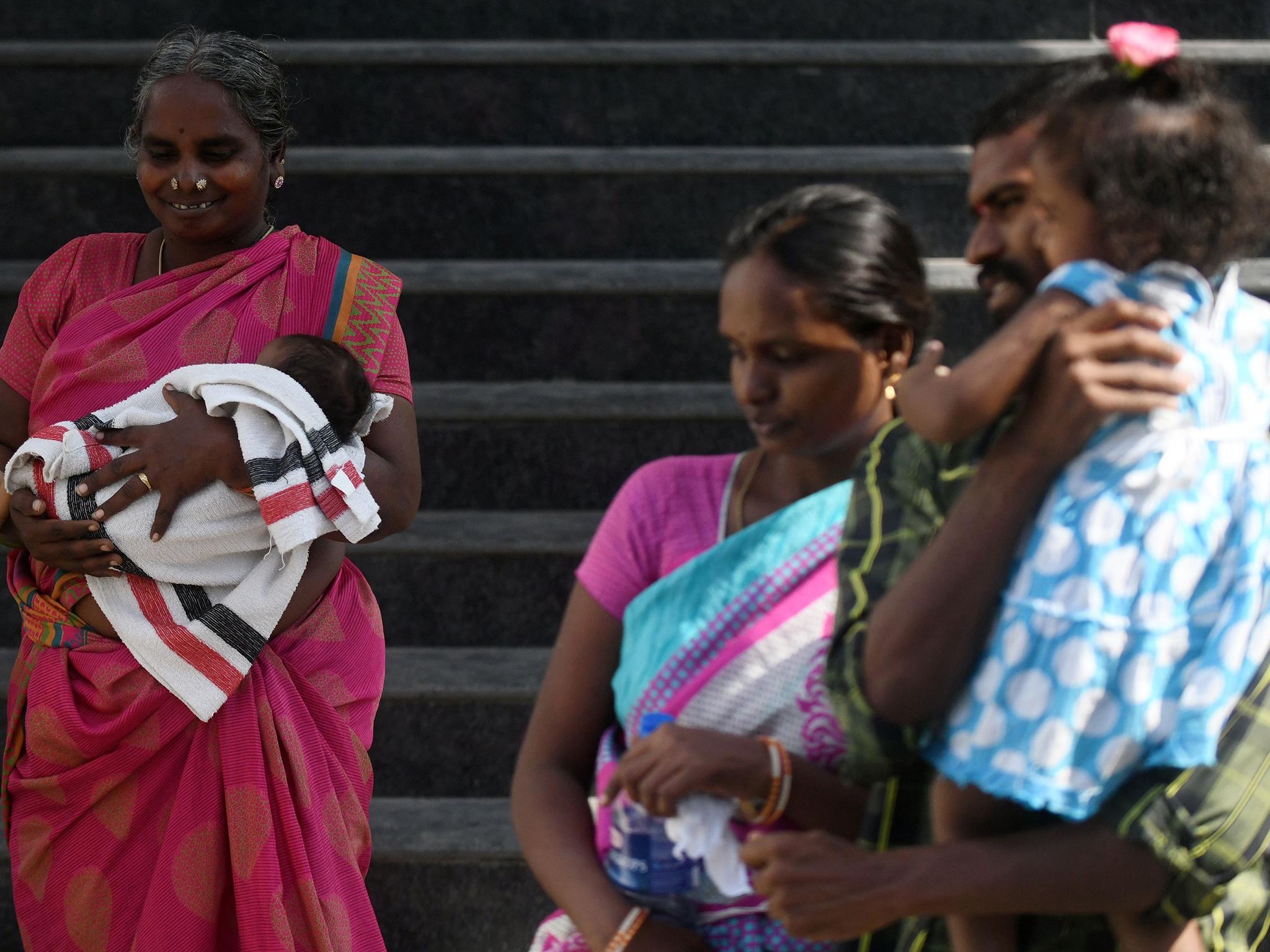More than 63 million women and girls 'statistically missing' in India, show shocking figures
Scientists believe preference for boys has created massive gender deficit

Your support helps us to tell the story
From reproductive rights to climate change to Big Tech, The Independent is on the ground when the story is developing. Whether it's investigating the financials of Elon Musk's pro-Trump PAC or producing our latest documentary, 'The A Word', which shines a light on the American women fighting for reproductive rights, we know how important it is to parse out the facts from the messaging.
At such a critical moment in US history, we need reporters on the ground. Your donation allows us to keep sending journalists to speak to both sides of the story.
The Independent is trusted by Americans across the entire political spectrum. And unlike many other quality news outlets, we choose not to lock Americans out of our reporting and analysis with paywalls. We believe quality journalism should be available to everyone, paid for by those who can afford it.
Your support makes all the difference.More than 63 million women are “statistically missing” across India, according to government officials.
Sex-selective abortions and better nutrition and medical care for boys has skewed the population ratio of men and women, the government’s annual economic survey found.
An estimated 21 million girls in the country are unwanted by their families, analysis of birth rates and the gender of last-born children showed.
Scientists now believe the trend has created a massive deficit in the number of women in the country.
The study also found families who had a son were more likely to stop having children than families where a girl is born.
The birth of a son is often a cause for celebration and family pride, while the birth of a daughter can be a time of embarrassment and even mourning as parents look toward the immense debts they will need to take on to pay for marriage dowries.
Studies have long shown that Indian girls are less well-educated than boys, have poorer nutrition and receive less medical attention.
Many women – including educated, wealthy women – say they face intense pressure, most often from mothers-in-law, to have sons.
“The challenge of gender is long-standing, probably going back millennia,” wrote the report’s author, chief economic adviser Arvind Subramanian, noting that India must “confront the societal preference for boys”.
The report also noted that increasing wealth does not put an end to male preferences among families, with some comparatively wealthy areas, including New Delhi, faring worse over the years.
Many of the best scores for women’s development, the report noted, were in India’s North-east – “a model for the rest of the country” – a cluster of states on the edge of the country where most people are ethnically closer to China and Burma and where some do not regard themselves as Indian.
Additional reporting by agencies
Join our commenting forum
Join thought-provoking conversations, follow other Independent readers and see their replies
Comments